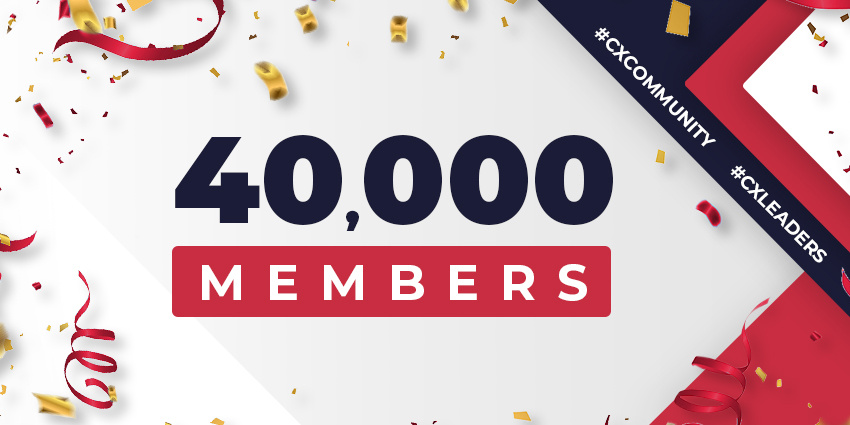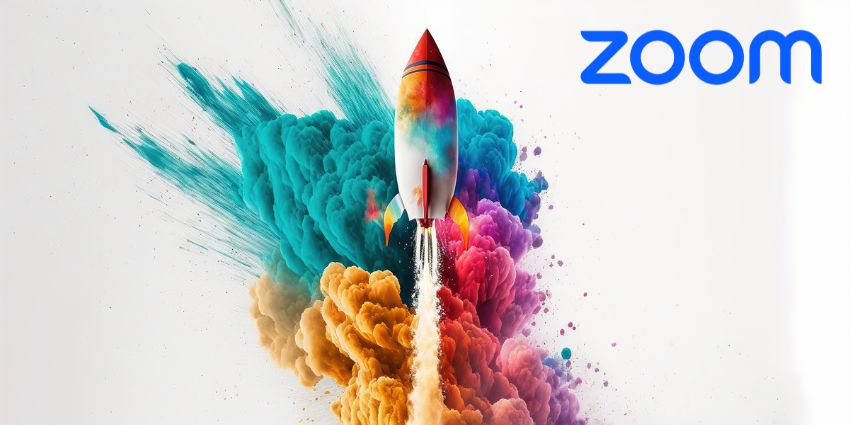Reviews and feedback are now the single-most-important factor fuelling purchase decisions. As per a new survey, 94% of customers will refer to publicly available ratings, reviews and feedback information before purchasing a product. This is more than 91% considering price and 78% who are persuaded by free shipping. Collecting customer feedback and managing its response mechanism is now vital to not only tweak your CX strategies internally but also to maintain your online brand reputation.
What is Customer Feedback?
You can define customer feedback as the solicited or unsolicited information you receive from a customer or a prospect pertaining to any one aspect of your brand, product, or service.
Customers frequently provide feedback on employee behaviour in a physical store or website functionality for e-commerce portals, depending on your business model. Feedback can come in through a wide variety of channels, including structured platforms like your help desk portal as well as comments during a call, chat, or email conversation.
Today, feedback takes on a whole new dimension in the form of online reviews, which are publicly available to help future prospects make their purchasing decision.
How to Collect Customer Feedback? 11 Key Technologies
Some of the essential technologies and channels for customer feedback collection are:
- Visual IVR – Similar to conversational IVR systems, these offer customers a simple navigational flow and a multiple-choice feedback questionnaire. Visual IVR sits inside of your website, e-commerce portal or mobile app, intensively asking customers for feedback
- Online reputation management (ORM) – ORM technologies like Radian6, Talkwalker, or even Hootsuite help you perform social media listening, monitor for online brand buzz and respond to mentions within the expected timelines
- Real-time speech and sentiment analytics – Real-time call analytics can study the customer’s tone of voice and articulation during a call, picking up on subtle hints, hidden feedback, and unspoken comments. This is particularly useful for intent analysis
- Post-call feedback technology – This is among the most common techniques in use – you can leverage SMS, email, or a post-call automated IVR conversation to collect feedback on the customer’s most recent interaction with your brand
- Interactive touchscreens – Touch screen displays placed in strategic physical locations, like the checkout counter or a hotel’s lobby, provide customers with a convenient way to share feedback. This is most suited to structured feedback, like single question NPS or CSAT service
- Wi-Fi-based push notifications – A low touch and unintrusive alternative to an interactive touchscreen, push notifications to redirect customers to a feedback portal or visual IVR as soon as they log in via your Wi-Fi. Once again, this technique is meant for physical stores/outlets
- User behaviour analysis – This is a must-have for software product companies and online sellers. It monitors, assesses, and reports on user behaviour by creating a heatmap of engagement across a digital product – highlighting low engagement, CX bottlenecks, and conversion triggers
- NPS calculator – An NPS calculator is typically bundled into survey software or CX management tools, letting you calculate the net promoter score for a product, brand unit, or any other functional department. It uses feedback to find the number of loyalists in your customer base
- Conversational chatbots – Chatbots, like visual IVR, can help collect feedback in due course of the conversation. But unlike IVR, they are more detailed and you have the option of connecting with a live agent in case you want to act on the feedback – e.g., mitigating a problematic call by offering promos or discounts
- Web-based surveys – Online surveys are important in the early days of a company or brand, as it helps understand the pulse of the target audience and their potential requirements. There are tools available to run web-based surveys, and they may include analytics capabilities as well
- Focus groups – This is among the most time-tested strategies for collecting feedback. You can put together a focus group comprising representative customers from your core target audiences, and conduct a formal study to observe their opinion, reaction, and behaviour
Finally, remember that nearly every channel of customer communication, from polls on LinkedIn to Instagram stories, can double up as feedback technology. Design an intelligent strategy that taps into all of these opportunities, aligned with the preferences of your customer persona.
According to 2020 research, 94% of customers feel that organisations should provide them with the opportunity to share feedback on their CX. Therefore, a holistic plan incorporating multiple feedback technologies – web-based surveys and focus groups at the early stages, user behaviour analysis and post-call feedback after a purchase, and touch screens and Wi-Fi notifications in a physical space – is essential for success.







